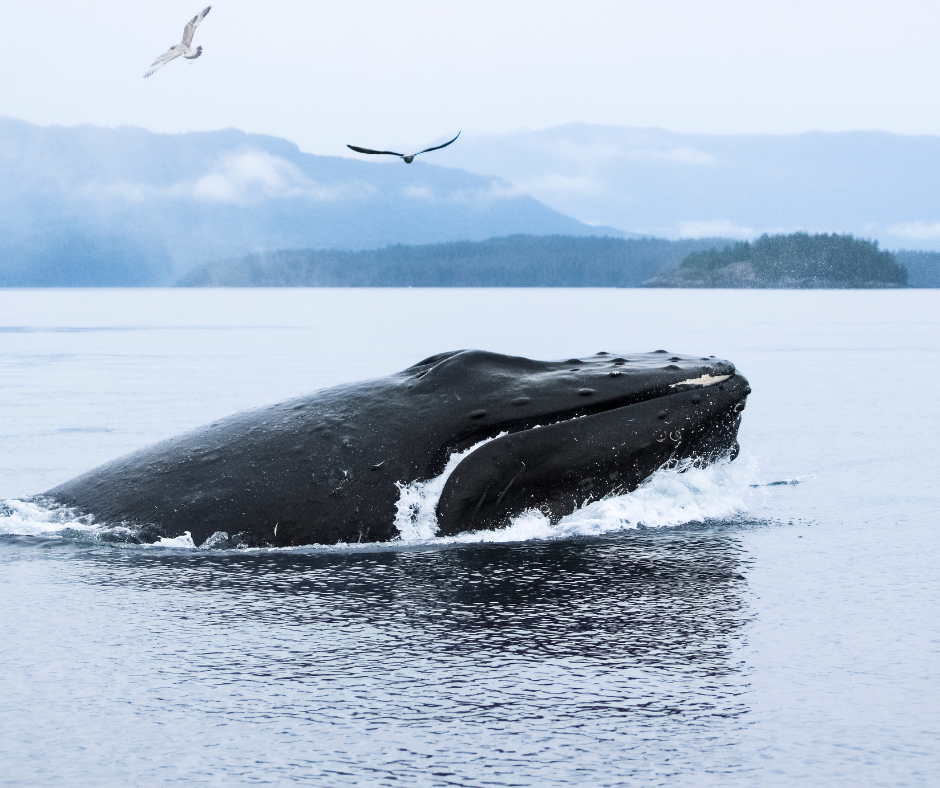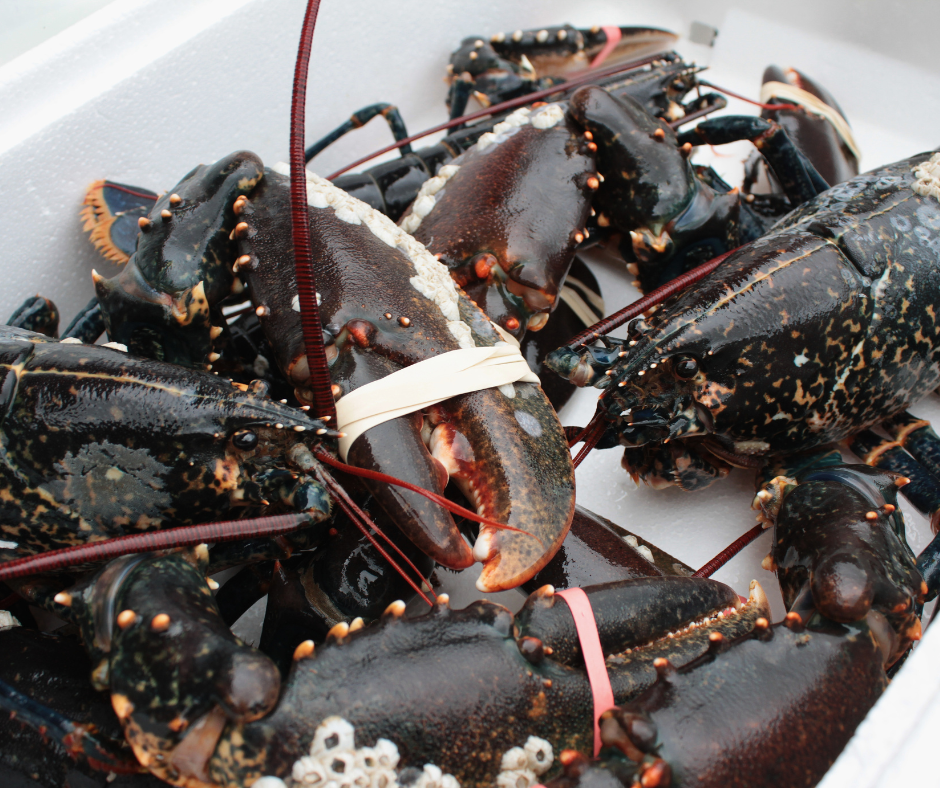A two-year-old whale calf seems to have missed some crucial advice from its great-aunt. Rather than heeding her guidance to navigate out of the lagoon it's trapped in and into the vast ocean, the young whale opted to retreat to the far end of the lagoon and hide in the shallows. Paul Cottrell, Canada's foremost whale rescuer, shared this account with Justine Hunter during an interview on Thursday.
Recalling a similar scenario in 2018, Mr. Cottrell recounted how he successfully used a "Pied Piper" strategy to coax a male Bigg's killer whale out of Comox Harbour on the east side of Vancouver Island. By playing recordings of another whale close to the harbour whale, the effect was instantaneous—the whale sped off towards the familiar sound and didn't return.
Despite this setback, Mr. Cottrell and his team, comprising over 40 experts ranging from veterinarians to drone specialists, are exploring alternative strategies. Their efforts over the past two weeks to entice the calf out of the lagoon near the remote village of Zaballos, on the west coast of Vancouver Island, have been unsuccessful so far.
Tragically, the calf's mother, pregnant at the time, became stranded on a sandbar inside the lagoon and succumbed on March 23, despite valiant rescue attempts by members of the local First Nation who had received training from Mr. Cottrell.
Now, attention turns to the challenging task of potentially extracting the calf from the lagoon using a sling and transporting it via truck, boat, helicopter, or a combination thereof to a net pen. There, it would be held until its pod is nearby for release.
John Ford, a leading cetacean expert, believes the odds of the calf surviving increase significantly if it can reunite with another pod, as most Bigg's killer whales share a common dialect and are known to join different pods.
This rescue mission, labeled the most complex in Mr. Cottrell's career, has faced numerous hurdles, including navigating the narrow channel into the lagoon, accessible only during a brief window of calm at high tide.
While the ideal scenario is for the calf to be freed from the lagoon within two weeks, current indications suggest it is healthy and active, as evidenced by its vocalizations and drone footage.
In the meantime, the collaborative effort to rescue the calf, affectionately named kwiisahi?is (Little Brave Hunter) by the Ehattesaht First Nation, underscores a shared commitment among DFO scientists, local communities, and businesses to ensure the whale's welfare and eventual release. Chief Simon John of the Ehattesaht emphasizes the cultural significance of killer whales to their community, viewing this rescue mission as an opportunity for reconciliation through fostering meaningful relationships.
Source: Wendy Cox and Mark Iype (April 6, 2024). Western Canada: Rescuers of whale calf trapped in Vancouver Island lagoon look for family help. The Globe and Mail. https://www.theglobeandmail.com/canada/british-columbia/article-western-canada-rescuers-of-whale-calf-trapped-in-vancouver-island/


